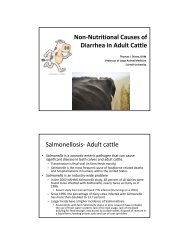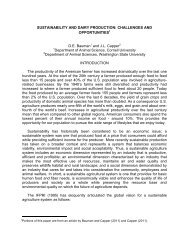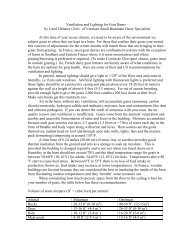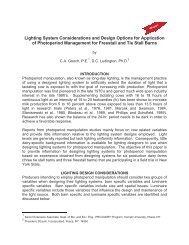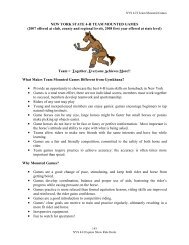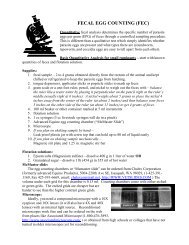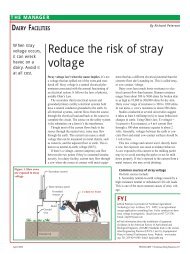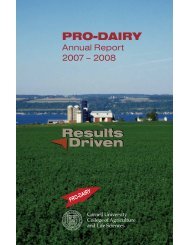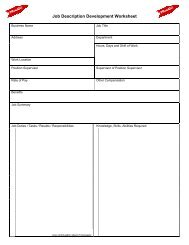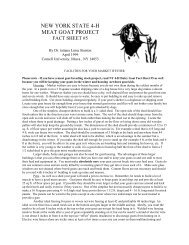2009 Proceedings of the Cornell Nutrition Conference For Feed ...
2009 Proceedings of the Cornell Nutrition Conference For Feed ...
2009 Proceedings of the Cornell Nutrition Conference For Feed ...
You also want an ePaper? Increase the reach of your titles
YUMPU automatically turns print PDFs into web optimized ePapers that Google loves.
s<strong>of</strong>tware uses <strong>the</strong> NRC 2001 values for blood meal, which has a high RUP value<br />
(77.5% when dry matter intake = 4% <strong>of</strong> body weight) with high RUP digestibility (80%).<br />
RUP lysine digestibility %<br />
100<br />
80<br />
60<br />
40<br />
20<br />
Lysine digestibility vs. RUP digestibility<br />
0<br />
0 20 40 60 80 100<br />
RUP digestibility %<br />
Figure 4. RUP-Lys digestibility versus RUP digestibility<br />
as determined by a modified 3-step procedure (St-<br />
Pierre, unpublished observations). Measured data<br />
is represented by dots; RUP- Lys digestibility equal<br />
to RUP digestibility would fall along <strong>the</strong> line. RUP =<br />
rumen undegraded protein<br />
CONCLUSIONS<br />
RUP Lys dig<br />
Heat processing <strong>of</strong> feeds is commonly used in <strong>the</strong> production <strong>of</strong> by-product<br />
ingredients and to decrease ruminal degradability <strong>of</strong> feed protein. If heat processing<br />
conditions are too severe, or not carefully controlled, Lys damage can result, which<br />
decreases Lys digestibility in <strong>the</strong> small intestine. Decreased digestibility <strong>of</strong> total RUP<br />
can also result from improper heat processing conditions. <strong>For</strong> feeds in which <strong>the</strong> Lys<br />
has been damaged due to heating conditions, MP-Lys supplied by those feeds will be<br />
over-predicted by current ruminant nutrition models because <strong>the</strong>se models do not<br />
account for intestinal digestibility <strong>of</strong> individual AA in RUP. Therefore, more data is<br />
needed to better characterize differences in RUP-AA digestibility within feedstuffs. This<br />
data will be particularly important when feeding DDGS and BM because RUP-Lys<br />
digestibility can be substantially lower than RUP digestibility for <strong>the</strong>se feeds. Identifying<br />
an accurate in vitro method that can be used to rapidly and economically analyze more<br />
samples for RUP-AA digestibility, particularly RUP-Lys digestibility, may allow ruminant<br />
nutrition models to more accurately predict MP-Lys supply from individual feed<br />
ingredients. If more accurate predictions <strong>of</strong> MP-Lys supplied by RUP are realized, herd<br />
responses to balancing rations for AA will become more predictable and consistent.<br />
Monitoring lysine damage that results from heat processing conditions can also be<br />
useful in monitoring quality <strong>of</strong> protein feeds supplied from various sources.<br />
25<br />
Equal



